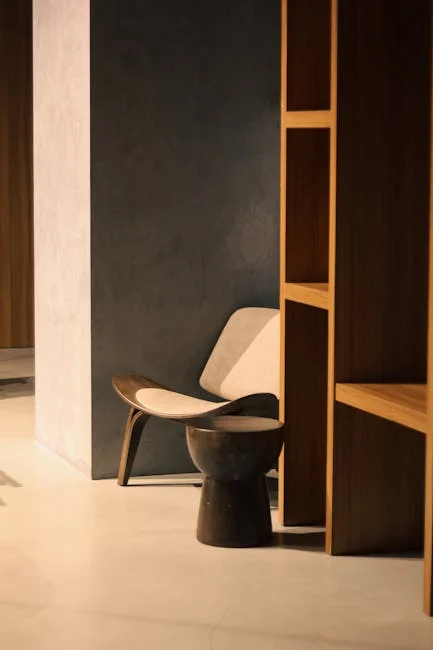Designing with Purpose: How to Create Functional and Stylish Indoor Zones
Introduction
In today’s world, our homes are more than just living spaces; they’re multifunctional hubs for work, relaxation, and entertainment. Designing indoor zones with purpose is essential for creating a comfortable, efficient, and aesthetically pleasing environment. This means thoughtfully planning how each area will be used and selecting design elements that support those functions while reflecting your personal style. Let’s explore how to craft functional and stylish indoor zones that enhance your daily life.
Creating Functional and Stylish Indoor Zones
Understanding Your Needs and Lifestyle
Before diving into design, take the time to understand your needs and how you use your space. Consider these questions:
- What activities take place in each room?
- Who will be using the space?
- What are your storage needs?
- What is your preferred aesthetic?
- Are there any accessibility considerations?
Answering these questions will lay the groundwork for a well-designed and personalized home.
Defining Zones with Clear Boundaries
Once you understand your needs, create distinct zones within your home. This could be as simple as designating a corner of your living room as a workspace or transforming a spare bedroom into a home gym. Here are some effective methods for defining zones:
- Furniture Arrangement: Use sofas, bookshelves, or even strategically placed plants to create visual barriers.
- Area Rugs: Define specific areas with rugs that complement the overall design.
- Color Palette: Employ different color schemes to visually separate zones. For example, a calming blue for a reading nook and a vibrant yellow for a creative workspace.
- Lighting: Use different types of lighting to create distinct atmospheres. Task lighting for work areas, ambient lighting for relaxation zones, and accent lighting to highlight focal points.
Prioritizing Functionality and Flow
Functionality is paramount when designing indoor zones. Consider the following:
- Ergonomics: Ensure furniture and layouts promote good posture and comfort. This is especially important in workspaces.
- Storage Solutions: Incorporate smart storage solutions to minimize clutter and maximize space. Think built-in shelves, ottomans with storage, and vertical storage systems.
- Traffic Flow: Design layouts that allow for easy movement between zones. Avoid obstructing pathways with furniture.
- Multipurpose Furniture: Invest in furniture that serves multiple purposes, such as a sofa bed for a guest room or a coffee table with hidden storage.
Incorporating Stylish Design Elements
While functionality is key, don’t forget about style! Here are some ways to add personality and visual appeal to your indoor zones:
- Personal Touches: Display artwork, photographs, and other personal items that reflect your interests and experiences.
- Texture and Pattern: Use a variety of textures and patterns to add depth and visual interest. Consider throws, pillows, wall coverings, and window treatments.
- Color Psychology: Understand how different colors affect mood and choose colors that align with the purpose of each zone.
- Accessorize Thoughtfully: Select accessories that complement the overall design and add a touch of personality. Less is often more.
- Plants: Incorporate indoor plants to add life, color, and a sense of tranquility.
Optimizing Lighting for Ambiance and Function
Lighting is a crucial element in any well-designed space. Consider these lighting techniques:
- Layered Lighting: Use a combination of ambient, task, and accent lighting.
- Natural Light: Maximize natural light by keeping windows clear and using light-colored window treatments.
- Smart Lighting: Incorporate smart lighting systems to control brightness and color temperature.
- Statement Lighting Fixtures: Use unique and eye-catching lighting fixtures to add personality and style.
Conclusion
Designing indoor zones with purpose is an investment in your well-being and quality of life. By carefully considering your needs, defining clear boundaries, prioritizing functionality, and incorporating stylish design elements, you can create a home that is both beautiful and practical. Remember to personalize your space and make it a reflection of your unique style. Happy designing!














Post Comment